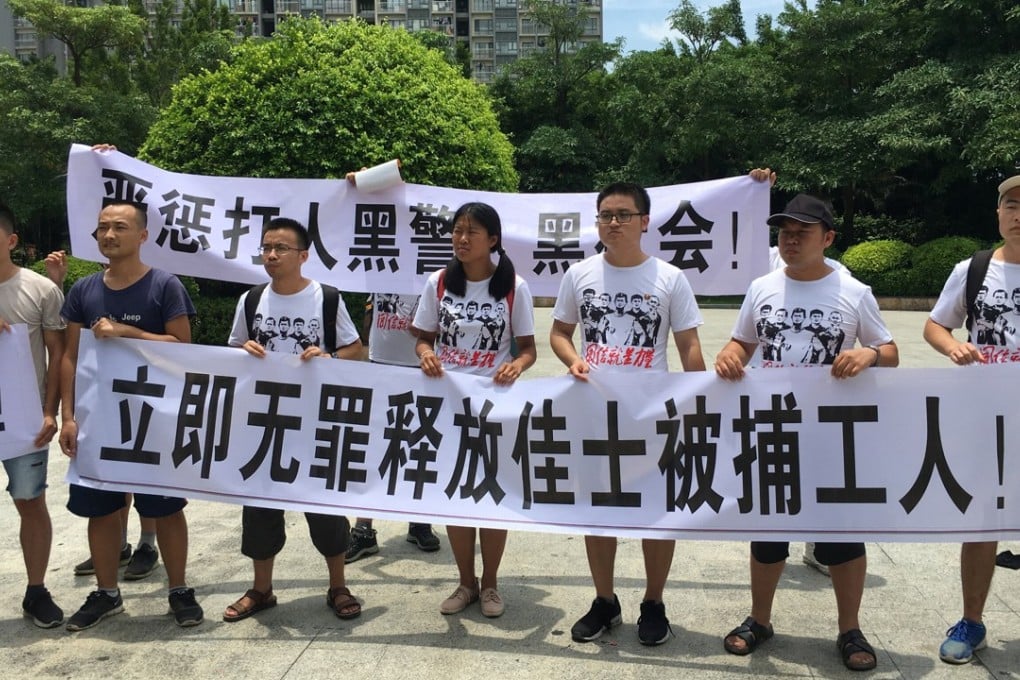Xi Jinping tells China’s trade union to put workers first, but will it take any notice?
- New leaders of All-China Federation of Trade Unions should ‘focus on employees’ most pressing concerns’, president says
- But workers don’t view official union as an organisation on which they can rely, labour rights expert says

Two weeks before the crackdowns on young Marxist labour rights activists in five Chinese cities this month , Chinese President Xi Jinping and six other top decision-makers met the new leaders of the country’s official trade union and urged them to reform the organisation to better represent its members.
“It is the political responsibility of trade unions to guide employees and the people in following the party, and consolidate the class foundation and public support for the party’s governance,” Xinhua quoted Xi as saying at the meeting with the All-China Federation of Trade Unions (ACFTU) on October 29.
He also asked its leaders to “focus on the most pressing, most immediate issues that concern employees, and fulfil the obligation of safeguarding workers’ rights and interests”.
Despite those comments, analysts have questioned how effective the union can be in supporting its 300 million members in the current economic climate, with a trade war raging with the United States and tensions mounting in the private sector.
“Workers do not view the [official] trade union as their organisation, which they can rely on to speak out and defend their rights and interests in the workplace and beyond,” said Dr Tim Pringle, an expert in labour studies at SOAS, University of London.

Unlike in most other countries, China’s trade union federation is chaired by a senior Communist Party leader. The incumbent is Wang Dongming, who was appointed late last month. The former party boss of Sichuan province is also deputy head of the national legislature and a member of the party’s 200-strong Central Committee.